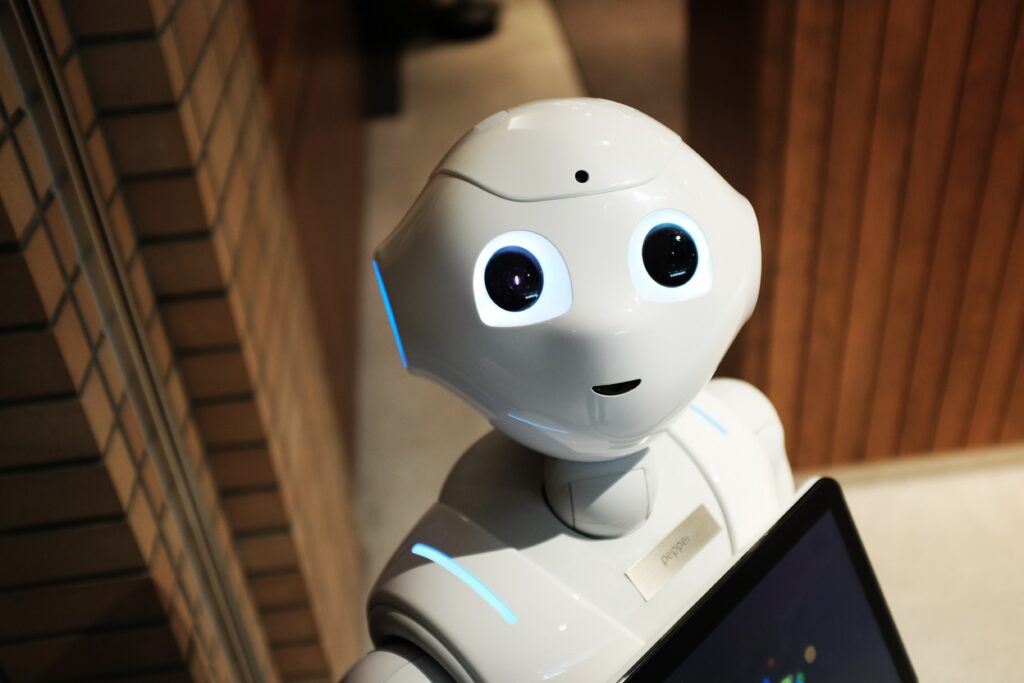Dassault Systèmes is currently at this stage of development. Design intent refers to the relationship between key objects, such as the distance between screw holes, relative absolute position, or size scale. When changing design appearance features, the design intent must be considered so as not to cause design failure. Most of the time, design intent defines the functionality of a product or the part, but design features do not. For example, the size of the cap and body junction determines whether the cap can be closed, but no matter how the size, shape, color, material, or other characteristics of the cap are changed, it usually does not affect whether the cap can be closed.


